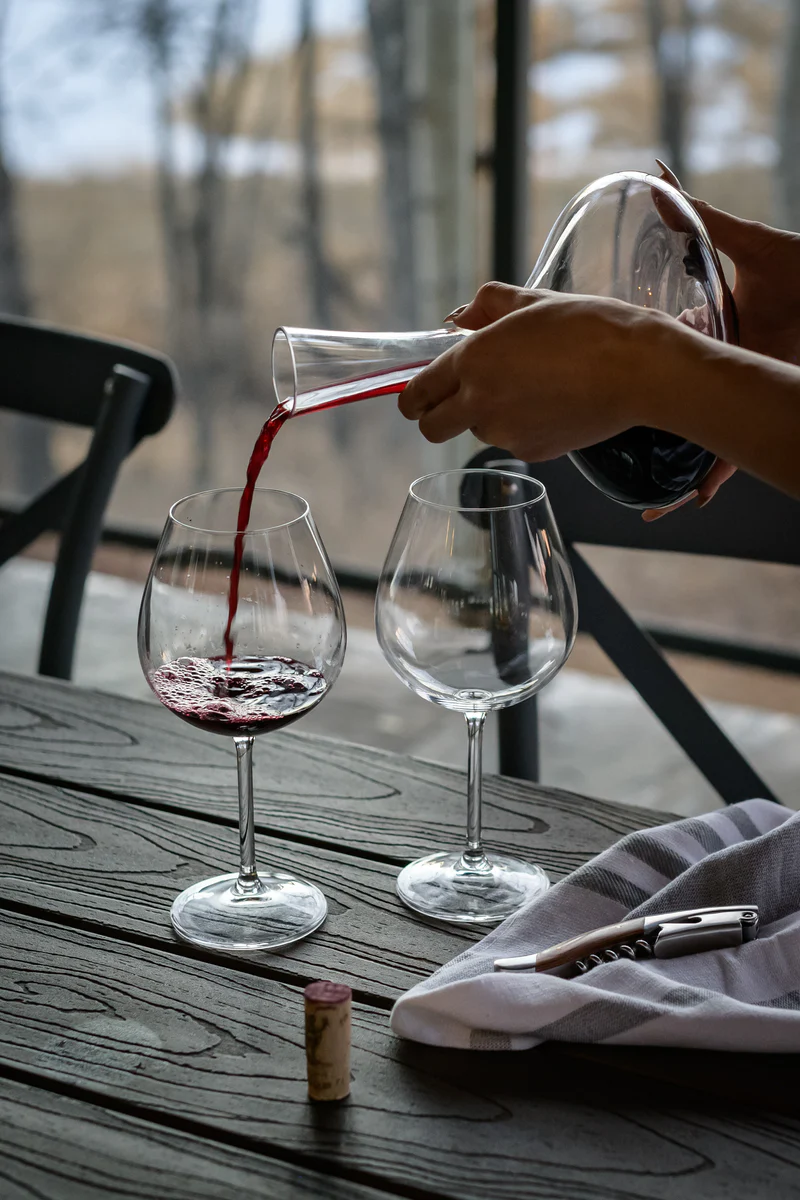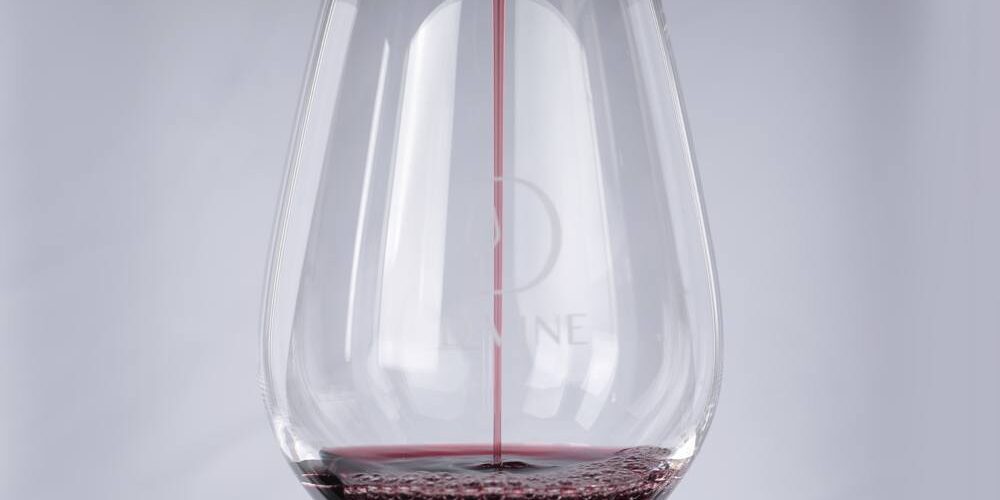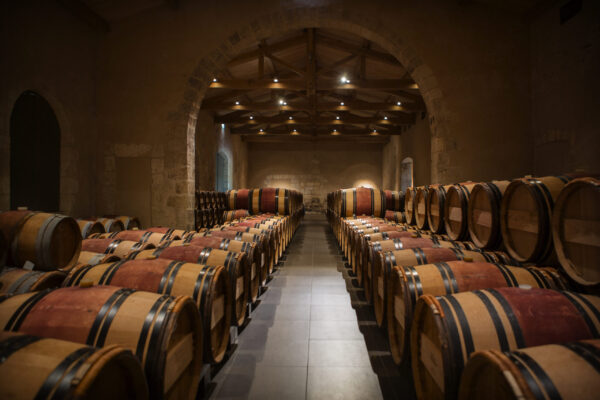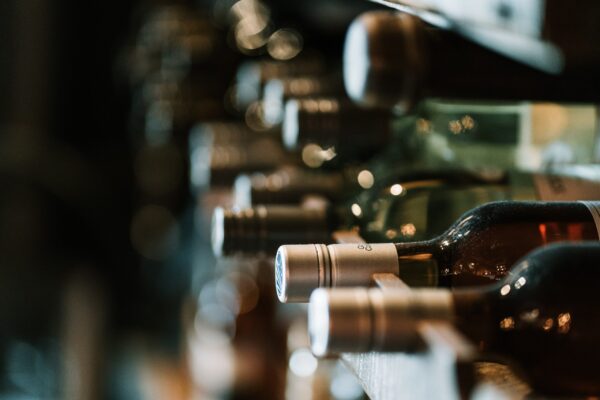Whether a wine lover or not, like most people you probably know that it is important to let wine breathe. But what actually happens in a bottle for it to need this input of air ? How important is aeration ?
An oxygen-deprived life
When wine is bottled, it is as if were enclosed in the bottle. It spends several months in this environment, which in wine speak we describe as “reduced”. In other words, during this entire period, the wine is deprived of contact with oxygen. This protects it and most importantly prevents it from becoming oxidised. It is this that allows wine to keep and enables us to enjoy it months or even years down the line.
There is, however, an inconvenience to this enclosure; it blocks the wine’s aromatic character. This is why, when you open a bottle of wine, it is recommended to decant it, to oxygenate it and release its full aromas. But care must be taken to avoid oxygenation ending up with oxidisation.
Oxygenation is key
Wine needs to breathe for its aromas to show. However, if the wine in question is too fragile and you aerate it, there is a risk that it could become oxidised.
So what is a fragile wine? A fragile wine is one from a terroir or grape variety that produces very delicate wines, such as Burgundy Pinot Noir. With age, this type of wine with very light, supple and delicate tannins could be irreversibly damaged by aeration. If this happens, you would say the wine has become oxidised.

Specific aeration for every wine
Aeration is therefore crucial, but differs according to the wine. For red wines with very delicate tannins, simply open the bottle a little before you serve it; the few minutes the wine spends in the glass before drinking will be largely sufficient in terms of breathing time.
Red wines with a marked tannic structure, on the other hand, will benefit from being decanted or from the help of a machine like the D-Vine. This will help soften the tannins and make them more elegant.
Aeration is also of relevance for white wines. Obviously, white wines do not have the tannic structure of red wines, but aeration still enables their aromas to show better.
In general, young, full-bodied wines with a powerful style will benefit from more aeration. Old wines with very subtle, delicate and supple tannins will be more fragile and therefore do not need to breathe as much.
To learn more
So now you know that for the perfect wine tasting, your wine needs the right aeration. But that isn’t the only key to a successful tasting… Learn how temperature affects the wine you are tasting.



